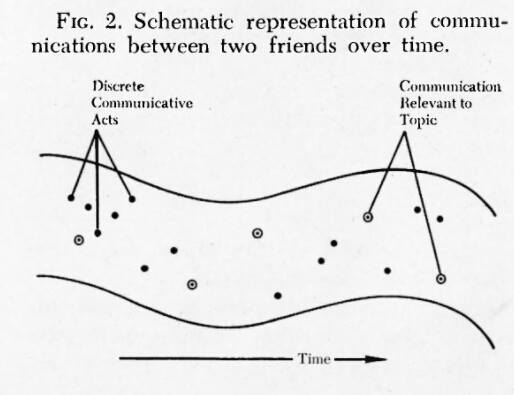I’m writing this in an attempt to help people without chronic illness understand the constant calculation people with chronic illness (whether physical, mental, or both) have to undertake to budget our energy, as well as the limits on our resilience.
First, go read about the Spoon Theory (which is technically a metaphor, yes I know). Then come back. I’ll wait.
….
You’re back! Great. Let’s continue.
To review:
The basic idea of the Spoon Theory (Metaphor) is that, while most people have a consistent level of energy that’s pretty high and don’t have to calculate how they expend their energy, people with chronic illness - whether physical, mental, or both - are engaged in a constant calculation of what they can afford to do before they run out of energy and have to rest or risk illness and collapse. For example, some days I have to decide - if I take the full recycling bin out first thing in the morning, will I have enough energy to get M. to our co-working space/Montessori school and then do any good work once I’m there? If not, I better wait on the recycling, or I risk having to spend my workday in a fog being unproductive.
An important part of this metaphor that the original explanation doesn’t address is that the number of “spoons” - the amount of energy a chronically ill person has - varies depending on a number of factors. So a person might be able to accomplish a lot one day and very little the next, or might have a run of bad days with very few spoons and need many restful days to recover. This happened to me when we rearranged the house rather quickly right before M’s birthday. I’m only now beginning to find energy for things other than school or caring for M.
There’s another element to this that the spoon theory doesn’t address, and that’s the case of having variable emotional resilience. Anyone can have their resilience depleted, but some people have more resilience to begin with. In my case, depression and anxiety mean when those conditions aren’t well-managed, I have much lower resilience than a normal person. A tantrum from M. that I could normally handle gracefully and with gentleness might prompt me to snap at him or have to separate myself from him when I’m feeling this way. The metaphor I find helpful for this is to think of myself as a rubber band. When I’m stretched close to my limit, a very small additional stretching could cause me to snap. My rubber band might be more brittle or smaller than someone else’s, someone who could tolerate more demands on their resilience before snapping.
I hope this has been helpful for people, especially if you care about someone with chronic illness but don’t have it yourself,
 Figure from “Question-Negotiation and Information Seeking in Libraries,” Robert S. Taylor, College and Research Libraries 29(3), 178-194[/caption]
Figure from “Question-Negotiation and Information Seeking in Libraries,” Robert S. Taylor, College and Research Libraries 29(3), 178-194[/caption]